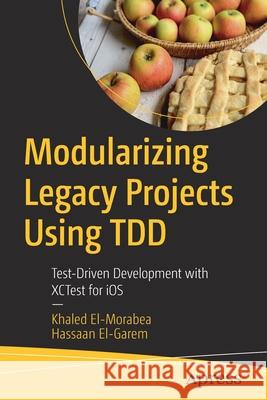Modularizing Legacy Projects Using Tdd: Test-Driven Development with Xctest for IOS » książka
topmenu
Modularizing Legacy Projects Using Tdd: Test-Driven Development with Xctest for IOS
ISBN-13: 9781484274279 / Angielski / Miękka / 2021 / 356 str.
Modularizing Legacy Projects Using Tdd: Test-Driven Development with Xctest for IOS
ISBN-13: 9781484274279 / Angielski / Miękka / 2021 / 356 str.
cena 172,89 zł
(netto: 164,66 VAT: 5%)
Najniższa cena z 30 dni: 171,95 zł
(netto: 164,66 VAT: 5%)
Najniższa cena z 30 dni: 171,95 zł
Termin realizacji zamówienia:
ok. 16-18 dni roboczych
Bez gwarancji dostawy przed świętami
ok. 16-18 dni roboczych
Bez gwarancji dostawy przed świętami
Darmowa dostawa!
Kategorie:
Kategorie BISAC:
Wydawca:
APress
Język:
Angielski
ISBN-13:
9781484274279
Rok wydania:
2021
Ilość stron:
356
Waga:
0.50 kg
Wymiary:
23.39 x 15.6 x 1.88
Oprawa:
Miękka
Wolumenów:
01
Dodatkowe informacje:
Wydanie ilustrowane











